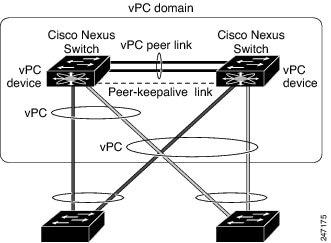BGP Confederations on Cisco Routers
BGP confederations are a way of dividing a large autonomous system (AS) into smaller, more manageable sub-ASs. This can be useful for a variety of reasons, such as reducing the number of iBGP peering sessions, improving scalability, and increasing security.
To configure a BGP confederation on a Cisco router, you will need to:
- Create a new sub-AS.
- Configure the iBGP peering sessions between the routers in the sub-AS.
- Configure the confederation identifier.
- Configure the iBGP peering sessions between the routers in the main AS.
The following steps provide a more detailed overview of how to configure BGP confederations on Cisco routers:
- Create a new sub-AS.
To create a new sub-AS, you will need to use the following command:
router bgp <main-as>
confederation identifier <confederation-id>
In this example, <main-as> is the AS number of the main AS, and <confederation-id> is the ID of the new sub-AS.
- Configure the iBGP peering sessions between the routers in the sub-AS.
To configure the iBGP peering sessions between the routers in the sub-AS, you will need to use the following command:
neighbor <peer-ip> remote-as <sub-as>
In this example, <peer-ip> is the IP address of the peer router, and <sub-as> is the AS number of the sub-AS.
- Configure the confederation identifier.
To configure the confederation identifier, you will need to use the following command:
bgp confederation identifier <confederation-id>
In this example, <confederation-id> is the ID of the confederation.
- Configure the iBGP peering sessions between the routers in the main AS.
To configure the iBGP peering sessions between the routers in the main AS, you will need to use the following command:
neighbor <peer-ip> remote-as <main-as> confederation <confederation-id>
In this example, <peer-ip> is the IP address of the peer router, <main-as> is the AS number of the main AS, and <confederation-id> is the ID of the confederation.
Once you have configured BGP confederations on your Cisco routers, you will be able to reduce the number of iBGP peering sessions, improve scalability, and increase security.
Benefits of Using BGP Confederations
There are a number of benefits to using BGP confederations, including:
- Reduced number of iBGP peering sessions: By dividing a large AS into smaller sub-ASs, you can reduce the number of iBGP peering sessions that need to be configured. This can simplify your network topology and improve performance.
- Improved scalability: BGP confederations can help you to scale your network by making it easier to add new routers and sub-ASs.
- Increased security: BGP confederations can help you to improve the security of your network by limiting the visibility of your routing information.
Conclusion
BGP confederations are a powerful tool that can help you to manage large, complex networks. By dividing your network into smaller sub-ASs, you can reduce the number of iBGP peering sessions, improve scalability, and increase security.

 Reading time: 3 minutes
Reading time: 3 minutes




